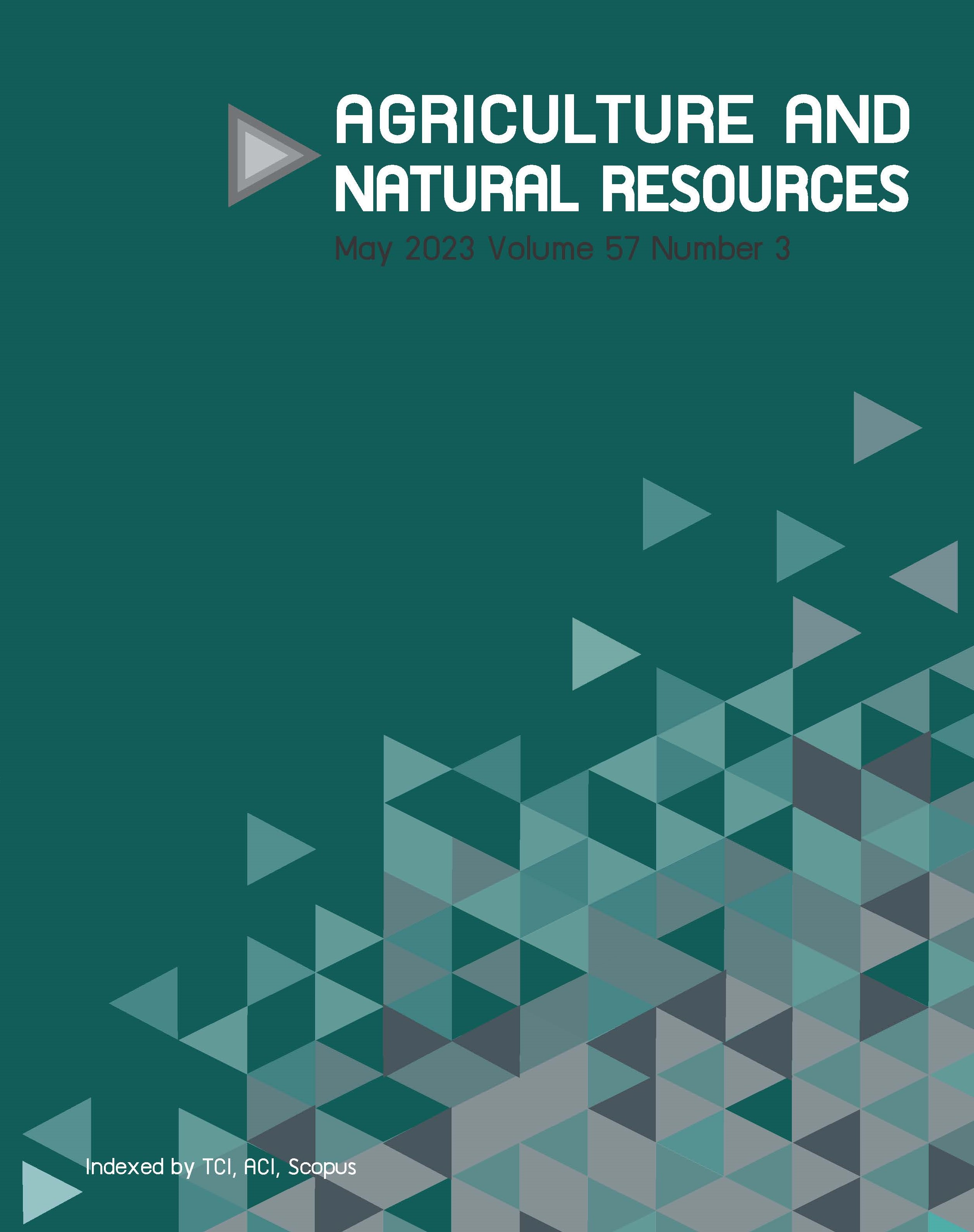Microbiological, chemical and physical attributes and mathematical models for total volatile basic nitrogen formation of Asian seabass (Lates calcarifer) fillets stored under refrigerated and temperature-abuse conditions
Keywords:
Asian seabass, Chemical spoilage index, Fish spoilage, Mathematical models, Total volatile basic nitrogenAbstract
Importance of the work: Understanding the quality features and applying mathematical models to the total volatile basic nitrogen (TVB-N) content in refrigerated Asian seabass fillets can be beneficial in predicting their freshness and shelf life, as well as for developing fish spoilage indicators.
Objectives: To examine the quality attributes of Asian seabass fillets under refrigerated and temperatureabuse conditions and identify the best-fitting mathematical models for the TVB-N content.
Materials & Methods: The investigation covered the microbiological (total viable count [TVC]) and Pseudomonas spp.), chemical (TVB-N content and pH), physical (color and texture) properties of Asian seabass fillets at 4°C and 10°C and the best-fitting mathematical models of the TVB-N content and activation energy (Ea).
Results: Asian seabass fillets were noticeably mushy and reached 6 log colony forming units/g on day 3 at 10°C and on day 6 at 4°C, while the TVB-N content was below 25 mg N/100 g and reached 25.59 mg N/100g on day 4 at 10°C and 25.67 mg N/100g on day 7 at 4°C. The pH, color and TPA of the seabass fillets did not provide good indications of quality. TVB-N correlated well with both TVC and specific spoilage organisms (SSOs, Pseudomonas spp.) at 4°C and 10°C. The best-fitting mathematical models for TVB-N changes in fillets was a 2nd-order kinetics, yielding an Ea value of 58.55 kJ/mol.
Main finding: The good correlation between TVB-N and SSOs might be useful as a chemical spoilage index to determine fish quality during refrigerated storage. The best-fitting mathematical models predicted Ea, suggesting that future research should investigate intelligent labeling based on TVB-N to monitor fish and food spoilage.
Downloads
Published
How to Cite
Issue
Section
License
Copyright (c) 2023 Kasetsart Universityonline 2452-316X print 2468-1458/Copyright © 2022. This is an open access article under the CC BY-NC-ND license (http://creativecommons.org/licenses/by-nc-nd/4.0/),
production and hosting by Kasetsart University of Research and Development Institute on behalf of Kasetsart University.







